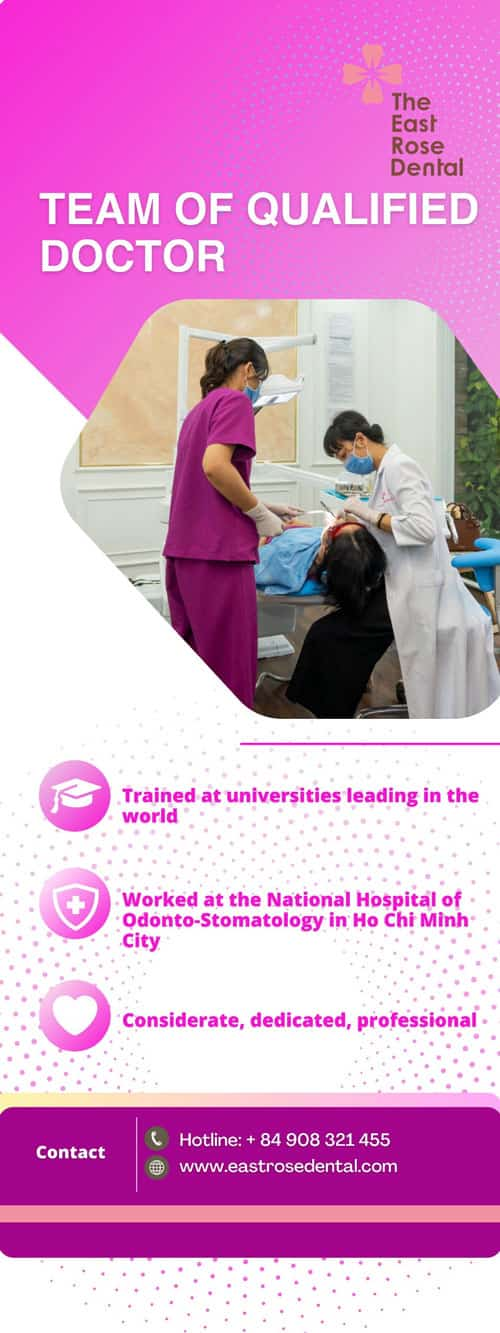The importance of flossing and brushing teeth
In a perfect world, there would be no cavities – but unfortunately, that would mean there would have to be no sugar, and let’s be honest, that’s never going to happen. Maintaining a healthy and balanced diet isn’t just important to your overall health, its important to your oral health as well. Frequent or prolonged intake of sugary foods enables bacteria to maintain an acidic environment on the surface of your teeth.
Soft and sticky foods cling to the biting surfaces of the teeth and stay there until it’s brushed off. Saliva will spread the sugar between the teeth, and to the front and back.
How do cavities turn into dental decay?

Every time you eat, plaque and bacteria in your mouth mix with the sugar and starch from the food you ingest, creating an acidic environment in your mouth. This acid softens the enamel of your teeth, and without proper oral hygiene, can expose your teeth to troublesome cavities.
How to reduce the risk of decay:
- Brush daily with fluoridated toothpaste.
- Follow your country’s food guide necessary for a healthy diet.
- When eating starchy foods such as bread, cereal, and pasta, minimize the time teeth are exposed by eating them with meals rather than snacking on them throughout the day.
- Substitute sugary snacks with sugar-free gum and mints. Xylitol found in some chewing gums has been found to reduce the risk of cavities. This can help reduce cavities and increase saliva flow.
- Drink high-sugar beverages through a straw, then rinse the mouth with water and brush within 30 minutes. But be careful, brushing to quickly following a meal can damage your teeth’s enamel.
- Rinsing with water after eating can help cleanse the teeth before brushing.
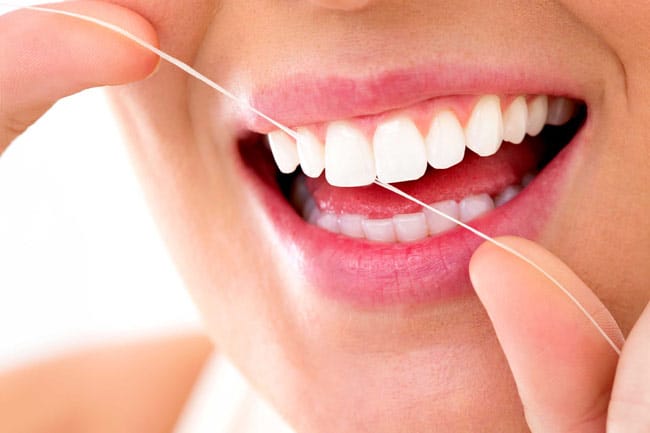
The importance of flossing
Every time you visit the dentist for a checkup, there’s one question you’re almost certain to hear: “Have you been flossing regularly?” For a lot of patients, the answer isn’t always yes. Many people make a point of brushing their teeth twice a day, as the American Dental Association (ADA) recommends, but fewer people follow the recommendation to floss at least once a day.
Read more: How to use dental floss correctly?
The importance of brushing
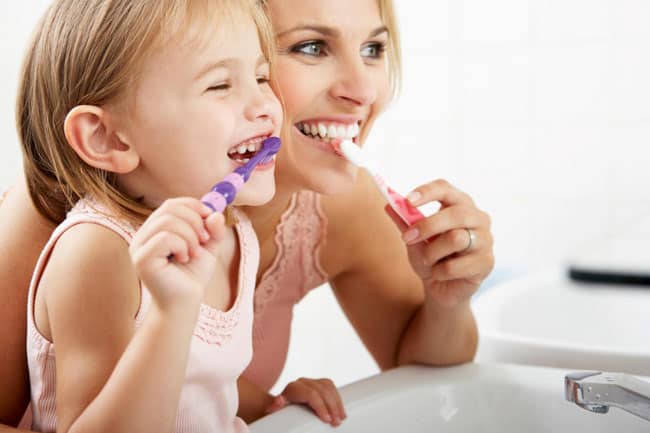
Effective removal of plaque depends more on the brushing technique than on the toothbrush itself. Toothbrushes remove debris and plaque from the surfaces of teeth and gums. They also stimulate the gums to keep them pick and healthy.
There are many different kinds of toothbrushes, so the question is, which is the most effective at removing plaque for you? Not all brushes are right for all people. Choose a brush that is durable, flexible, lightweight, strong but not rigid bristles, easily manipulated, and meets your individual requirements.
Always use a soft or ultra-soft toothbrush
- Softer bristles are more effective at cleaning the gum-line and more gentle on the gum tissues at the same time.
- Soft brushes reduce gum recession and toothbrush abrasion.
- Harder bristles can cause tooth enamel and dentin to wear away weakening the crown of the tooth.
Brushing Guide: recommended for 2 minutes
- Hold the toothbrush handle in the palm of your hand with your thumb against the handle. Your thumb should be close enough to the head of the toothbrush to manipulate it with control.
- Direct the bristles toward the gums at a 45-degree angle to the tooth. Place the bristles partly on the gums and partly on the tooth surface.
- Gently vibrate the bristles and roll slowly, moving the bristles from the gums toward the top of the tooth. Slowly count to 10 as you do this procedure.
- Repeat these steps up to five more times in the same area. For the front teeth, position brush on its end and place the narrow end of the brush head 45 degrees to the gums and teeth, vibrate and roll as described previously.
See also: How to brush teeth correctly?
Electric Toothbrushes
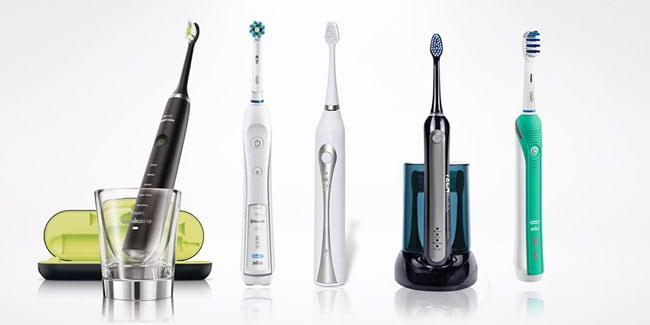
An electric toothbrush is a good alternative to a manual brush, especially if someone has physical limitations that affect their ability to brush. When used properly, certain electric toothbrushes are known to be more effective than manual brushes at removing plaque.
Electric toothbrushes have higher speeds and motions that cannot be reproduced using a manual brush. Make sure to read all instructions before use, as all-electric toothbrushes are designed differently. The technique remains important, as improper brushing technique can irritate gums and be less effective.
Replacing a Toothbrush
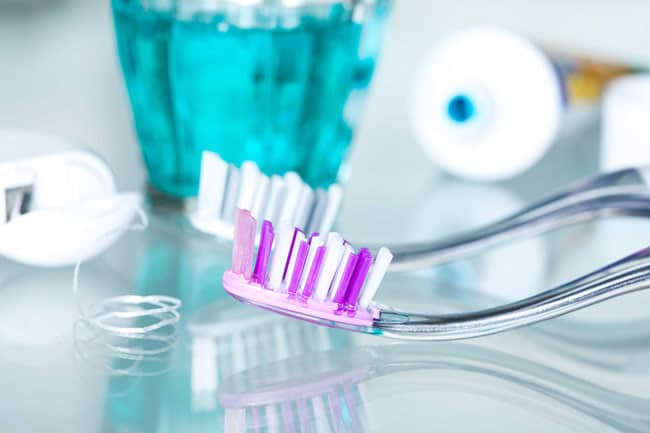
- Toothbrushes should be replaced every 3 months (at a minimum).
- Replace toothbrushes immediately following a cold or flu to prevent re-exposure to bacteria or viruses.
- Always replace a brush that looks worn or frayed.
The same rules apply to disposable heads for electric toothbrushes.
Services
Working Time
- Monday - Friday: 08:00 - 19:00
- Saturday: 08:00 - 18:00
- Sunday closed
Contact Info
- Hotline 1: (+84) 908 321 455
- Hotline 2: (+84) 931 857 885
- Mobile: (+84) 8 3925 8778
- Phone: (+84)2 838 258 778
- info@dentalrose.net
- rosedentalclinicvn@gmail.com
 English
English  Tiếng Việt
Tiếng Việt
